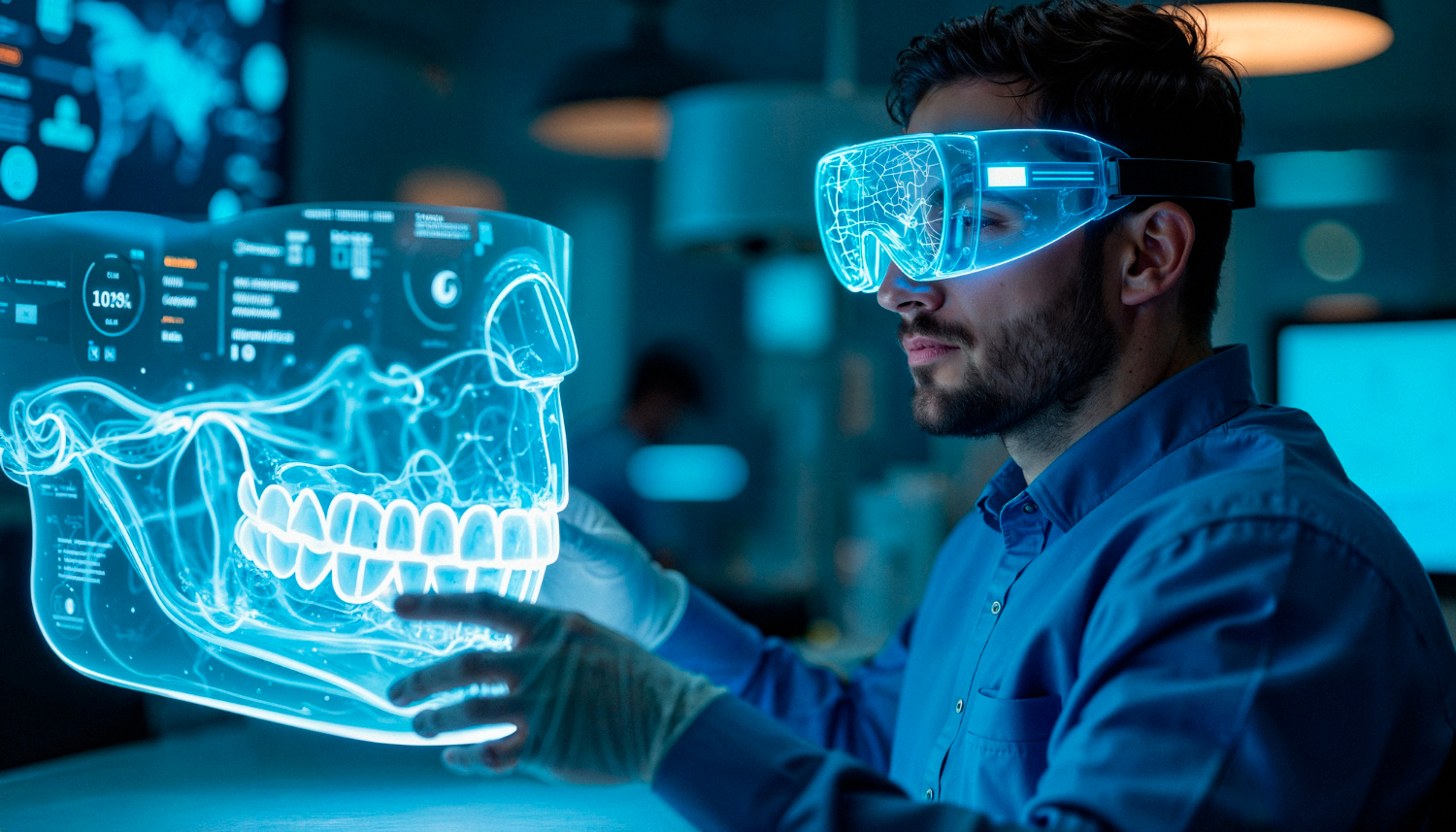Understanding GDPR and Video Surveillance
The General Data Protection Regulation (GDPR) is a key privacy law in the European Union (EU). It affects any organisation that handles the personal data of EU citizens.
This includes video surveillance systems. Any footage that shows a person’s face or other identifiable traits counts as personal data. These images fall under GDPR.
If you use surveillance cameras for your business, you must follow this law. Even if your company is not in the EU, the law still applies if your goods or services reach EU citizens. The goal of GDPR is to protect people’s rights and ensure that data security is maintained.
When using a video surveillance system, you must think about privacy. It’s not enough to record and store footage. You must also make sure that your cameras do not record more than necessary. Best practices include setting limits on what you record and for how long.
Read more: Real-Time Data Streaming with AI
Best Practices for GDPR Compliance
One of the first steps is to perform a data protection impact assessment. This helps identify any risks linked to video surveillance. It also shows what can be done to reduce those risks.
The system must be justified. You must have a clear reason for recording. For example, recording for security is valid, but spying on employees without reason is not.
The use of security cameras must also be proportional. Don’t install more cameras than you need. Avoid placing cameras in areas like toilets or private meeting rooms. That would be a breach of privacy.
Transparency is key. Let people know that they are being recorded. Signs should be clear, easy to read, and placed at camera entrances. The signs should also state why you are recording, who is in charge, and how people can contact your data protection officer.
Access to the footage must be limited. Only those who need the video for work purposes should see it. All footage must be stored safely. You must use strong passwords, encryption, and secure storage systems.
Personal Data and the Role of the Data Protection Officer
GDPR requires organisations that carry out regular surveillance to appoint a data protection officer. This person makes sure the rules are followed. They also help staff understand how to protect personal data.
Footage from a surveillance camera often includes personally identifiable information. That means faces, number plates, or other visible data that could identify someone. If that data is handled poorly, it can result in fines or legal action.
The data protection officer’s job is to make sure this doesn’t happen. They also handle requests from people who want to see the data recorded about them. Under GDPR, EU citizens can ask to see any personal data you hold, including video footage.
Read more: XR: The Future of Immersion
Security Cameras and Storage of Footage
When using video surveillance systems, you must think about how you store the video. GDPR states that data must be kept only for as long as needed.
You should set a clear policy on how long footage is kept. In most cases, 30 days is enough. After that, delete it unless there is a valid reason to keep it longer.
Storage must be safe. Servers or drives used to store the footage must be protected with access controls and encryption. If you use cloud storage, the provider must also follow GDPR rules.
You must also think about what happens if someone hacks the system. In case of a data breach, you must report it. This must happen within 72 hours of finding the issue. That is why strong data security measures are important.
Handling Data in Real Time
Real-time surveillance brings its own challenges. Since the video is being captured and possibly viewed at the same moment, it’s vital to control who sees the footage. Screens should not be in open areas. Only trained staff should watch the feed.
The GDPR applies here too. Even if the footage is not stored, the fact that it shows personal data means it must be protected. Make sure you have logs that show who accessed the footage and when. This creates accountability.
You must also make sure that surveillance cameras do not record sound unless there is a legal reason. Audio data is even more sensitive. Most uses do not justify it under GDPR.
Read more: AI-Powered Video Surveillance for Incident Detection
Surveillance in the Workplace
Workplaces must be very careful when using video surveillance. This includes offices, factories, warehouses, and stores. Monitoring staff can only happen if it is clearly justified. For example, to protect goods or monitor entry points.
You must not use video to check on staff during breaks or in private areas. That would breach their rights under GDPR. Any recording must be minimal, and staff must be informed. They should know why they are being recorded, where the cameras are, and what happens to the footage.
In the human resources context, using video data for job reviews or staff checks must be done with caution. You must ensure that the video was recorded lawfully and that using it for such checks is fair.
Selling Goods or Services Across Borders
Many companies sell products or services across countries. If your surveillance system records anyone in the EU, GDPR applies. Even companies outside the EU must comply if they monitor or store personal data from EU citizens.
This rule affects online and physical stores, delivery services, or any company with EU-based customers. All video footage that includes EU citizens must be handled according to GDPR rules. That includes having clear policies, limited access, and proper storage methods.
If you use cameras to manage customer queues or count people in a shop, that still counts as personal data. Even if people are not fully identifiable, the rules apply.
Read more: AI Anomaly Detection for RF in Emergency Response
Why GDPR Matters for Small Businesses Too
Some small business owners think GDPR only applies to large companies. This is not true. If you record personal data, even with one camera, you must follow the law.
Small businesses must do the same checks as big ones. This includes doing a risk check, being clear with customers, and protecting the footage. GDPR is about fairness and respect, not company size.
The good news is that following best practices keeps your business safe from fines and improves trust. When people know their data is safe, they are more likely to trust your company.
How TechnoLynx Can Help
TechnoLynx offers help to set up GDPR-compliant video surveillance solutions. We help businesses choose the right setup, place the cameras properly, and protect personal data.
We also help you write clear policies. These explain how long you store footage, who can see it, and what your staff must do. If needed, we support the work of your data protection officer with advice and tools.
We test your current system and find weak spots. If your storage is not secure or your staff are not trained, we offer solutions. We also help with signage, consent forms, and response plans for data requests.
TechnoLynx supports companies of all sizes, including small businesses. Our solutions are designed to help you stay safe, legal, and trusted. With GDPR rules in place, having expert help gives peace of mind.
Contact TechnoLynx today to improve your video surveillance system!
Image credits: Freepik













